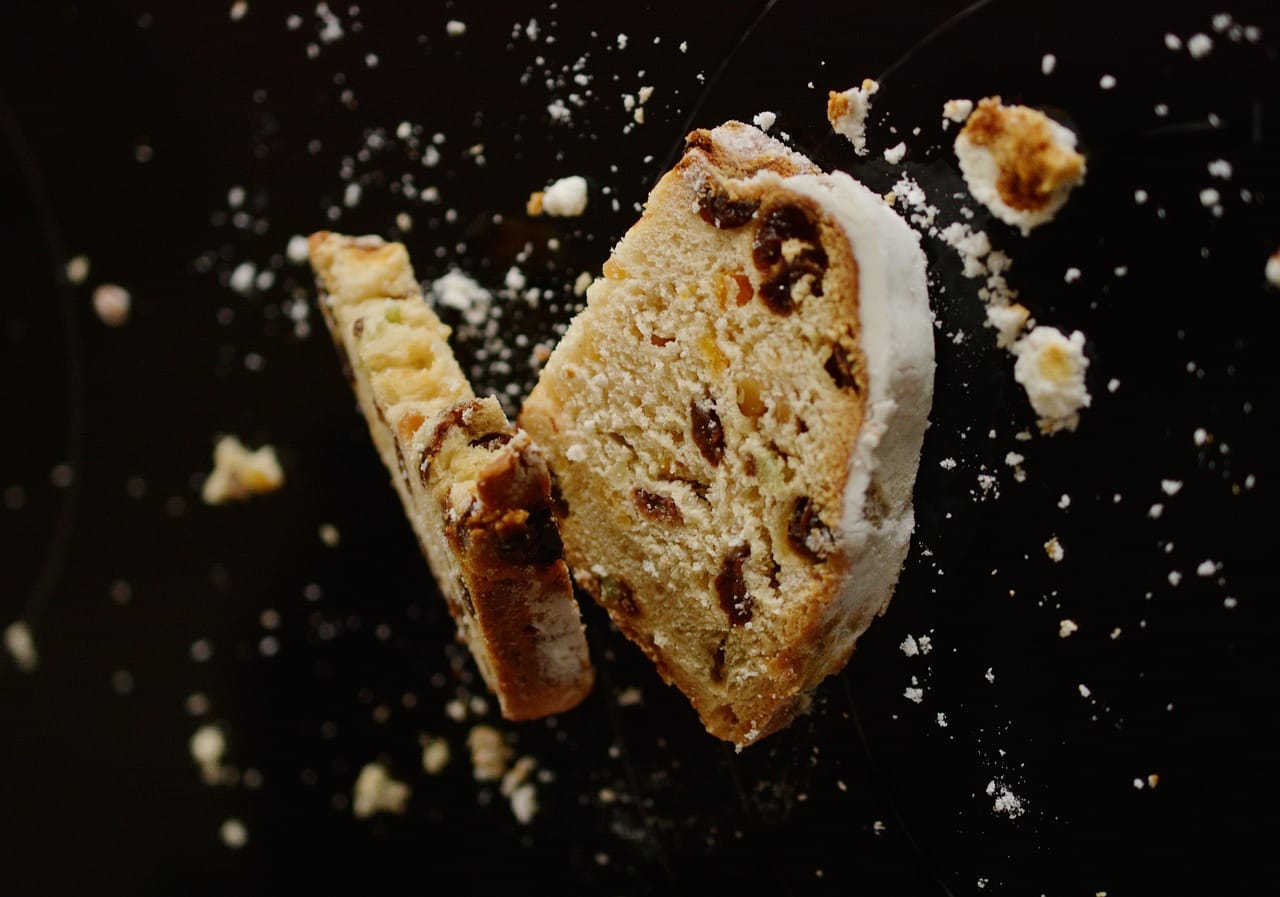Gingerbread: the mere mention evokes warm memories of cozy holidays, sweet spices, and intricate decorations. This iconic treat, with its rich history and diverse applications, holds a special place in culinary traditions around the world. Whether you’re a seasoned baker or simply enjoy the delightful aroma of gingerbread, this guide will explore its origins, variations, baking tips, and creative uses beyond the cookie jar.
A Journey Through Gingerbread History
Ancient Roots and Medieval Development
Gingerbread’s story stretches back to ancient times, with early forms appearing in Greece and Egypt. These were essentially honey cakes flavored with spices. The use of ginger, however, became prominent in Europe during the Middle Ages, thanks to the spice trade routes.
- Ancient Greece and Egypt: Honey cakes flavored with spices.
- Medieval Europe: Ginger became a key ingredient due to trade routes.
- Crusades: Crusaders returning from the Middle East introduced ginger to Europe.
Guilds of gingerbread bakers emerged in the 17th century, creating elaborate designs and even edible portraits. These gingerbread creations were often associated with royalty and special occasions.
Gingerbread Comes to America
European settlers brought gingerbread recipes to America, where it quickly became a beloved treat, especially during the holidays. American gingerbread often incorporated molasses, a readily available sweetener, which gave it a distinctive flavor and color.
- American Twist: Molasses became a common ingredient, adding a unique flavor profile.
- Holiday Staple: Gingerbread became closely associated with Christmas and other winter holidays.
The Science of Gingerbread: Ingredients and Their Roles
Key Ingredients Explained
Understanding the role of each ingredient is crucial for achieving perfect gingerbread.
- Flour: Provides structure. All-purpose flour is most common, but you can experiment with whole wheat for a nuttier flavor.
- Sweetener (Molasses, Honey, or Sugar): Adds sweetness and moisture. Molasses contributes a deep, rich flavor and dark color. Honey offers a more floral sweetness.
- Fat (Butter, Shortening, or Oil): Contributes to tenderness and flavor. Butter provides a richer flavor, while shortening can create a more tender texture.
- Spices (Ginger, Cinnamon, Cloves, Nutmeg): The defining characteristic of gingerbread! Experiment with proportions to find your perfect blend. Ground ginger is essential, while cinnamon, cloves, and nutmeg add warmth and complexity.
- Leavening Agent (Baking Soda or Baking Powder): Helps the gingerbread rise. Baking soda reacts with the acidity of molasses for optimal leavening.
- Eggs: Bind the ingredients and add richness.
The Magic of Molasses
Molasses isn’t just a sweetener; it plays a vital role in gingerbread’s unique flavor and texture. There are different types of molasses:
- Light Molasses: Made from the first boiling of sugar cane. It’s the sweetest and mildest in flavor.
- Dark Molasses: Made from the second boiling, it has a richer, more intense flavor.
- Blackstrap Molasses: Made from the third boiling, it’s the least sweet and has a strong, slightly bitter flavor. Use sparingly, as it can overpower the other spices.
For most gingerbread recipes, dark molasses is a good choice, providing a balanced flavor profile.
Baking Perfect Gingerbread: Tips and Techniques
Achieving the Right Consistency
The consistency of your gingerbread dough is crucial for success. It should be firm enough to roll out without being too dry or sticky.
- Measuring Accurately: Use measuring cups and spoons designed for baking, and level off dry ingredients.
- Chilling the Dough: Chill the dough for at least 30 minutes (or longer) to make it easier to handle and prevent it from spreading too much during baking.
- Rolling Evenly: Roll the dough to a consistent thickness (about ¼ inch) for even baking. Use parchment paper or a silicone mat to prevent sticking.
Baking Times and Temperatures
Baking times and temperatures can vary depending on your oven and the thickness of your gingerbread.
- Optimal Temperature: Bake at 350°F (175°C) for best results.
- Monitor Closely: Start checking for doneness a few minutes before the recipe’s suggested baking time.
- Doneness Test: Gingerbread is done when the edges are set and a toothpick inserted into the center comes out clean.
Preventing Common Baking Mistakes
- Overbaking: Overbaking leads to dry, brittle gingerbread.
- Uneven Baking: Rotate the baking sheet halfway through baking for even browning.
- Spreading: If your gingerbread spreads too much, the dough might be too warm, or you may have over-mixed it.
Beyond Cookies: Creative Uses for Gingerbread
Gingerbread Houses: A Festive Tradition
Gingerbread houses are a beloved holiday tradition.
- Strong Foundation: Use a sturdy gingerbread recipe for the walls and roof.
- Icing as Glue: Royal icing is the ideal “glue” for assembling the house.
- Creative Decorations: Get creative with candies, sprinkles, and other edible decorations.
Gingerbread Spice in Other Recipes
Gingerbread spice isn’t just for gingerbread cookies. It can add warmth and flavor to a variety of dishes.
- Coffee and Tea: Add a pinch of gingerbread spice to your morning coffee or tea.
- Oatmeal and Yogurt: Sprinkle gingerbread spice on your oatmeal or yogurt for a flavorful breakfast.
- Cakes and Muffins: Incorporate gingerbread spice into your favorite cake or muffin recipe.
Gingerbread-Inspired Desserts
- Gingerbread Cheesecake: A creamy cheesecake with a gingerbread crust and spiced filling.
- Gingerbread Trifle: Layers of gingerbread cake, custard, and whipped cream.
- Gingerbread Latte: A festive latte flavored with gingerbread syrup.
Conclusion
Gingerbread’s enduring appeal lies in its rich history, comforting flavor, and creative possibilities. From simple cookies to elaborate gingerbread houses, this spiced treat offers a delightful way to celebrate the holidays and beyond. By understanding the science behind the ingredients and mastering the baking techniques, you can create delicious gingerbread that will warm your heart and delight your taste buds. So, gather your spices, preheat your oven, and embark on your own gingerbread adventure!



